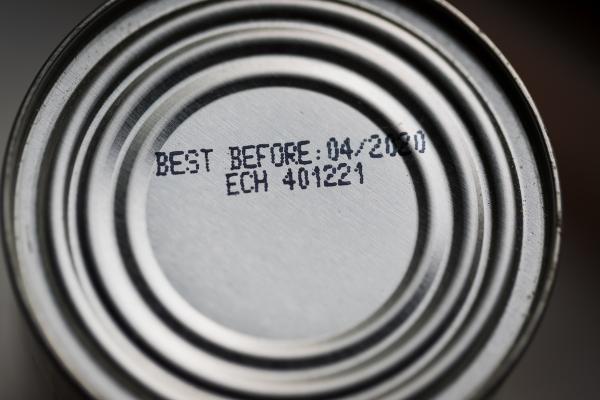
VAT on food rules past their ‘best before’ date
The Association of Taxation Technicians (ATT) welcomes today’s announcement of the extension to the temporary VAT cut for hospitality and leisure – but the ATT encourages the Government to help these businesses further by addressing the overly complex rules surrounding VAT on food and drink.
In the Budget presented by the Chancellor today (3 March 2021), it was announced that the reduced five per cent rate of VAT on supplies of food and non-alcoholic drinks by restaurants, pubs, bars, cafes and similar premises which was due to expire on 31 March will be extended to 30 September, with a higher rate of 12.5 per cent then applying for a further six months.
Jeremy Coker, President of the ATT, said:
“Many struggling hospitality businesses will welcome this extension, especially those who have had to scale back their activities or close down completely during the latest lockdown period.
“We now think the Government should go on to take a closer look at the complicated and often confusing rules which govern how VAT is charged on food and drink.
“Our VAT rules on food and drink are well past their ‘best before’ date.
“Many of the rules for food and drink derive from the old Purchase Tax regime, which was replaced with VAT when the UK joined the EU in 1973. They are often outdated and difficult to apply in the modern world.
“This has led in the past to the Tax Tribunal having to consider whether Jaffa Cakes are a cake or a biscuit, and whether Pringles are crisps or not.1 The decisions in these cases often throw up results which sound utterly ridiculous to the average person.”
For example, chocolate flavoured Nesquik attracts zero VAT while strawberry or banana flavoured varieties are subject to the standard rate of 20 per cent. And a gingerbread man with chocolate eyes attracts zero VAT, but one with chocolate trousers attracts VAT at the standard rate of 20 per cent.
Jeremy Coker continued:
“The ending of the Brexit transition period on 31 December 2020 provides an opportunity to consult on how we could bring the VAT rules on food and drink into the modern world. This would help to reduce confusion, saving both HMRC and businesses the time and costs associated with arguments over VAT treatment. Bringing more food and drink items into the zero rate or a reduced rate of VAT could also provide a much needed financial boost to the hard-hit hospitality sector.”
Notes for editors
1. Under VAT law, a cake attracts zero VAT regardless of whether it is covered in chocolate, whereas a chocolate covered biscuit is subject to the standard rate of VAT. In the 1991 case of United Biscuits (UK) Ltd (No 2) the Tribunal decided that, although Jaffa Cakes had characteristics of both cakes and biscuits, on balance they were more like cakes and therefore attracted zero VAT.
In Procter & Gamble UK it was claimed that Pringles were not subject to standard rated VAT as they were not ‘potato crisps’ or ‘similar products made from potato’. The manufacturers argued that Pringles were not similar to crisps due to their regularity of shape, texture etc., and that their manufacturing process was more like that of a cake or biscuit. These arguments were rejected by the Court of Appeal in 2009, who held that Pringles should be standard rated.















